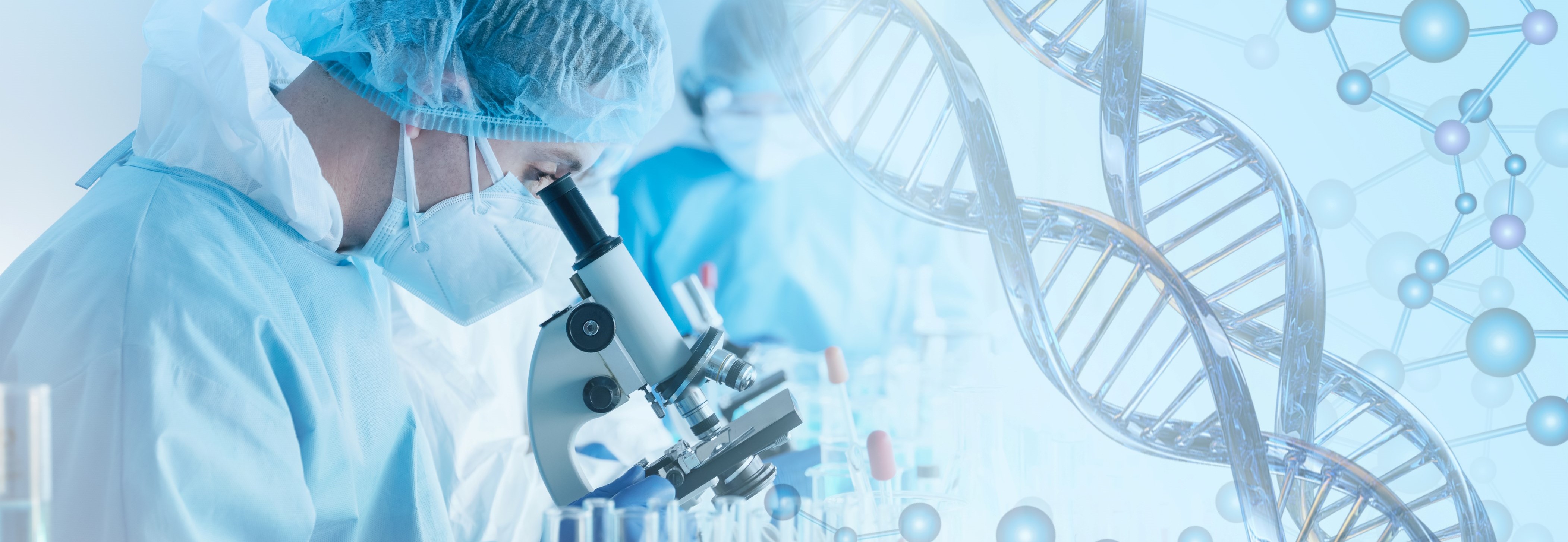by Buck Institute
November 22, 2023 . BLOG
Harnessing a Genetic Factor that Promotes Healthy Aging
Finally a genetic variation that delivers a benefit rather than risk
Living a long and healthy life depends mostly on lifestyle choices and genetics. While we can all eat better, exercise more, and prioritize sleep, our genetics sometimes seem like an endless list of things that could go wrong.

Dr. Lisa Ellerby
“There are a lot of environmental factors that control how long we live and our healthspan, and most of them are risk factors,” says Buck Professor Lisa Ellerby, PhD. “But there is a well established beneficial genetic factor, the opposite of a risk factor, for being exceptionally long lived.”
The factor is called ApoE2, and Ellerby is determined to understand this positive genetic influence, in hopes of harnessing its protective power to support healthy aging.
ApoE is a gene that provides instructions for making apolipoprotein E, a protein that combines with cholesterol and other fats to transport them throughout the body. One of its functions is to help repair injury in the brain. It comes in three forms, known as alleles: ApoE2, ApoE3, and ApoE4. Each person inherits one ApoE allele from both biological parents, so everyone has two alleles in various combinations of E2, E3 or E4.
“Many people have heard about ApoE, because the E4 allele confers 14 times more risk of developing Alzheimer’s disease if you have both of them,” says Ellerby. Having one or two copies of the ApoE4 allele also causes the dementia to become symptomatic years earlier.
“Less known to the public is that there are alleles E3 and E2.”
While E4 increases the risk of Alzheimer’s disease, E3 is thought to not affect risk and the least common allele, E2, appears to lower risk profoundly, when compared to E4. Only about five percent of people have an E2 allele.
Ellerby says that while the E4 allele is often in the limelight, she is driven to understand the bigger picture of what benefit ApoE2 can confer.
“If someone has both E2 alleles, they are very likely to be exceptionally long-lived and healthy,” she says. “Since the mission of the Buck Institute is to understand aging, I want to study this, one of the most well-validated genetic factors that is beneficial to aging.”
Ellerby hopes to understand why the E2 allele helps brain health (it is not always beneficial in other parts of the body). “I’d really like to know the molecular mechanism of how it makes people live for much longer,” she says. “And I hope by understanding that, we will find a way to offset Alzheimer’s disease.”
In 2019, Ellerby received a $4.4 million federal grant to explore how ApoE2 can be exploited to support healthspan and protect against Alzheimer’s. Since then, her team has been chipping away at the problem with a multi-pronged approach that includes stem cell techniques to see what changes ApoE is causing early in the development of brain cells. Researchers are also testing CRISPr technology in aging mice to see if they can create an engineered E2 allele to increase healthspan.
The current focus is on identifying or creating a small molecule that mimics ApoE2. Once the team better understands the mechanisms underlying the protective effect of E2 against Alzheimer’s disease, vs. how E4 or E3 work, they plan to use a small molecule (or molecules) to push the appropriate pathways to a state where they are more like E2. “Hopefully that will be the magic bullet we need to improve healthspan,” says Ellerby.

SHARE